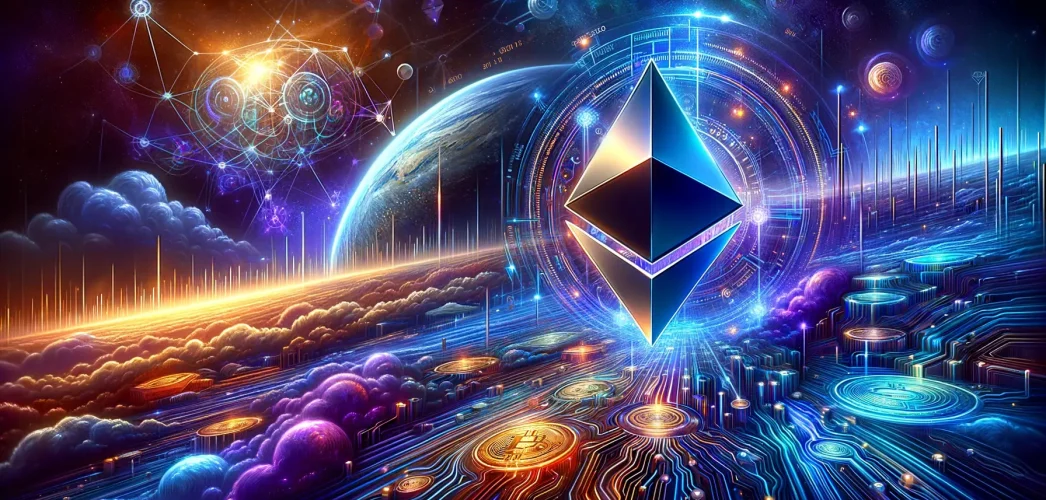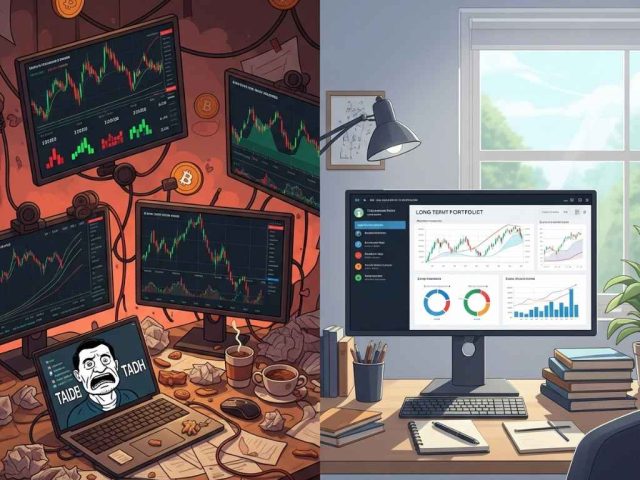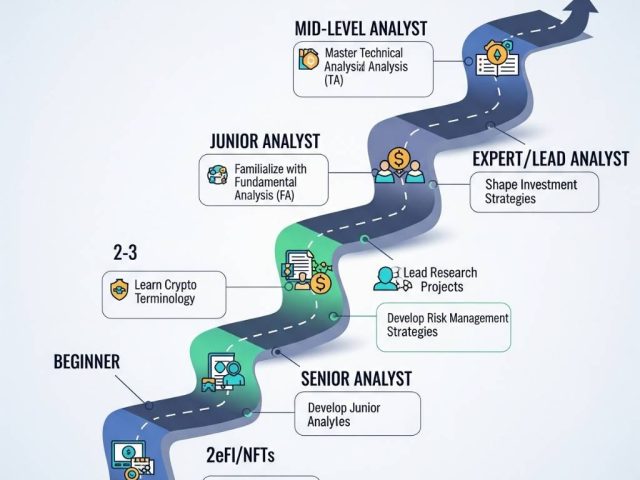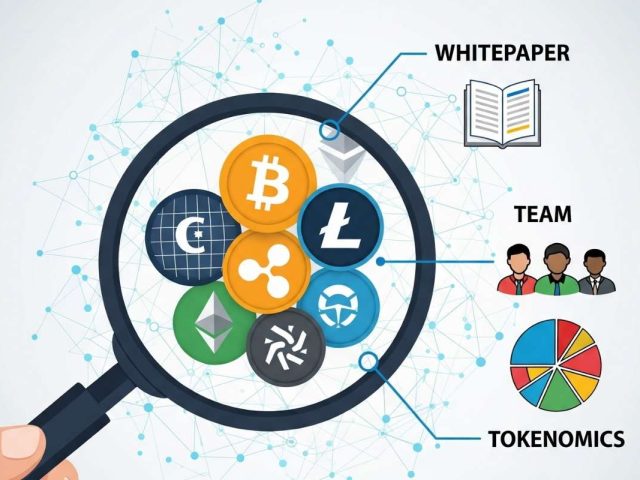What is Ethereum?
Consider a world where there are no banks, contracts are made up of lines of code that run themselves, and digital ownership gives people exclusive access to imaginary worlds. In the fiery furnace of Ethereum, a technology so revolutionary that it challenges everything we know about the internet and its promise, this isn’t science fiction; it’s becoming real.
While Bitcoin, the first cryptocurrency, presented the world with digital gold, Ethereum went one step further. It is considered a platform instead of just a payment method. Ether, a native cryptocurrency, powers a platform where code can be deployed, apps can be made, and whole ecosystems can grow.
Ethereum is like a big, shared painting. Using lines of code, developers paint on it to make decentralised apps (dApps), which can be anything from financial tools to gaming platforms, digital art markets to markets for predicting what will happen in real life. These aren’t private gardens; they’re open-source playgrounds where anyone, anywhere, can participate, come up with new ideas, and gain from them.
But Ethereum’s decentralised structure is what really makes it stand out. Blockchain technology, unlike traditional centralised systems that are run by a single entity, spreads power across a global network of computers. Therefore, no one group can change the data, block deals, or make the rules. Digital democracy, or a self-governing environment where openness and responsibility are very important,.
What is this technological wonder actually made of? The blockchain is a distributed log that keeps the most detailed record of all transactions that have ever happened on the Ethereum network. As an unchangeable, always-open public record that anyone, anywhere, can view, think of it that way. Miners are specialised computers that check transactions and make Ether by solving hard puzzles.
Ether is the currency that powers the Ethereum environment. Additionally, it supports transfers, rewards miners, and acts as the basic unit of account in decentralised apps. Being in possession of Ether gives you access to this decentralised world, where you can use cool new financial tools, own unique digital assets, and even help decide the future of the platform itself.
Although Ethereum is a technology, it’s more than that. It’s about giving people power and opening up options that were previously unimaginable. More on some of the ground-breaking new ideas coming from this digital frontier:
DeFi: Decentralized Finance
You could borrow, give, and invest your money directly on the blockchain in a world without banks. This is what decentralised finance (DeFi) offers. By providing alternative financial tools that are not limited by geographical borders or centralised control, DeFi makes this possible.
Non-Fungible Tokens (NFTs):
These one-of-a-kind digital coins are changing the way ownership works in the digital world. These new tokens (NFTs) are opening up new ways for creators and collectors to do things, like have a unique piece of digital art or join private online communities.
The Metaverse
A new idea called “Metaverse” suggests a three-dimensional virtual world that is built on the blockchain and where people can connect, make friends, and even own virtual land and things. With its focus on ownership and decentralisation, Ethereum is a perfect choice to power this new section of the internet.
The things shown here are just a taste of what’s possible. Blockchain technology like Ethereum is still very new and is changing and adapting like a living thing. It could completely change how we connect with the digital world, industries, and social structures.
There are some problems, though. To reach its full potential, Ethereum needs to get past problems like scalability, sustainability, and control. Despite this, the group behind it is active and dedicated, always coming up with new ideas and fixing problems.
Things are just beginning in the world of Ethereum. There’s more to Ethereum than just a tool. There’s a movement behind it that wants to make the digital future more open, fair, and equal. This movement is already taking place. Keep an eye on Ethereum if you’re interested in money, technology, or just seeing what the future holds. Putting up blocks to get things done.
Exploring the Insides of Ethereum
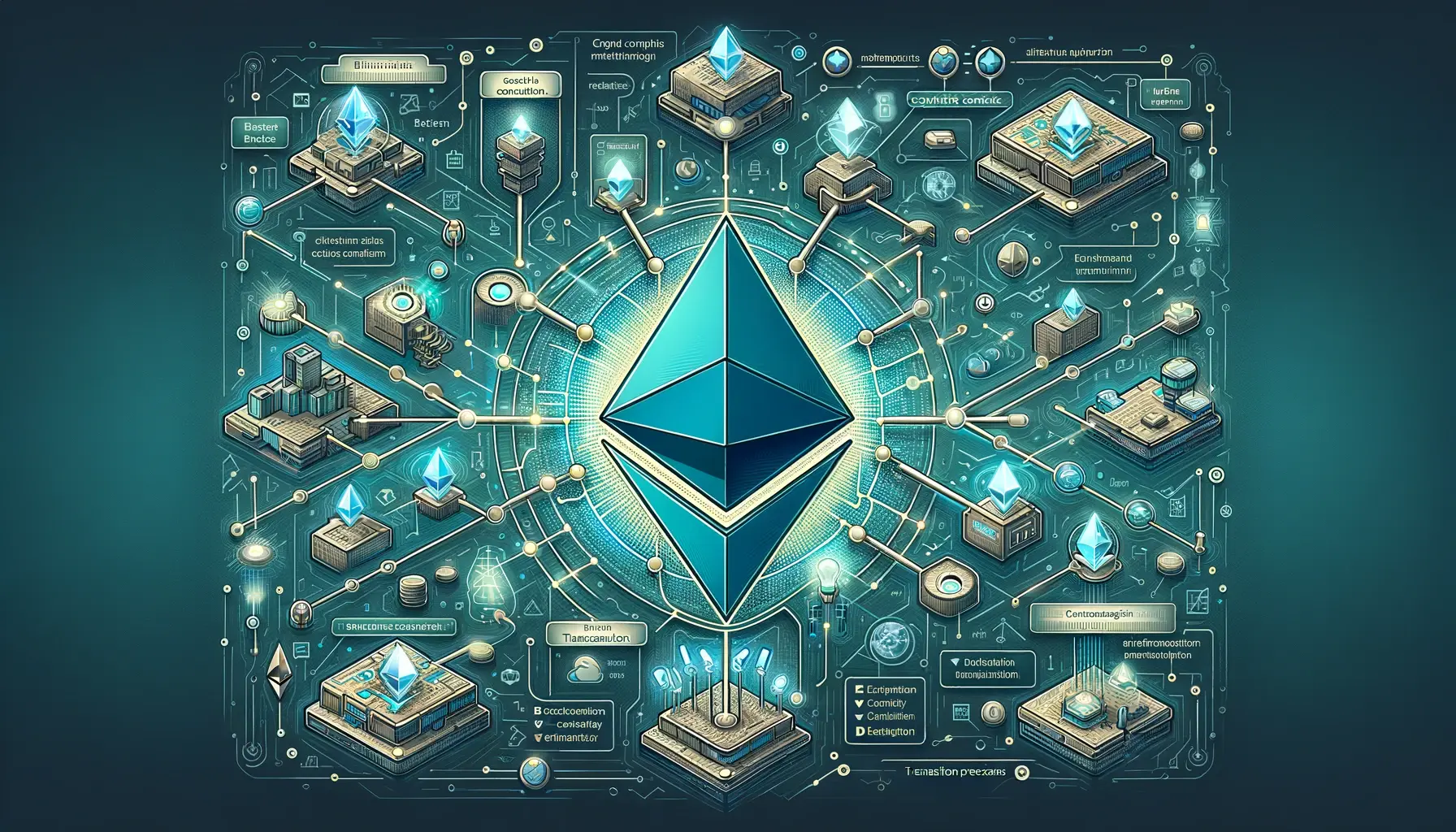
Let’s learn more about Ethereum’s complicated workings now that we’ve seen a glimpse of its bright future. Realising this technological marvel’s full potential requires understanding the basic parts that make it work. Join us, fellow explorers, as we take a trip through the fascinating inner workings of the Ethereum environment.
The Trusted Leads Distributed Database: Explaining Blockchain The cryptocurrency
Ethereum is based on the blockchain, a groundbreaking technology that changes how trust and openness work in the digital world.
For example, think of a huge, spread-out ledger that carefully records every single network event that has ever happened. The document is not an old book locked up in a safe; it is a public record that anyone, anywhere, at any time can look at. Utilising cryptography, every transaction is joined together in a “block,” which is then connected to the block that came before it, making a record of events that can’t be broken. This smart approach promises:
Immutability: It’s almost impossible to change a block once it’s been added to the chain. Because the network is spread out, changing one block means changing all the blocks that come after it, which is not possible to do computationally.
Transparency: Everyone on the network can see every transaction. This builds trust and holds people accountable.
Decentralisation means that the blockchain is not run by a single body. Power is spread out among the network’s nodes, which makes it hard to control or change.
How does this magic work, though? Now come the miners, who are the unsung stars of the blockchain. The working power of these special computers is only used to solve hard math puzzles. Each answer checks a block of transactions, which adds it to the chain and gives the miner Ether as a prize. This mining process keeps the network safe so that bad people can’t change the data.
Ether is the fuel that keeps Ethereum running.
Ether is like the blood that keeps the Ethereum environment going. It’s the original cryptocurrency that makes transactions possible, rewards miners, and is used as a unit of account in decentralised apps. If you own Ether, you can enter this decentralised world, which opens up a lot of options:
Fees for transactions: A small fee charged in Ether is added to every transaction on the Ethereum network. These fees thank miners for their hard work and keep the network running smoothly.
Execution of smart contracts: You have to pay Ether to set up and use smart contracts, which are deals that run themselves and power dApps.
Making investments and guessing: Ether’s value changes with the market, just like the value of any other coin. Some people choose to buy in or trade Ether with the goal of making money from its price changes.
Even though Ether is the main currency in the Ethereum environment, it’s important to remember that what makes it valuable is how useful it is. For a more open and fair digital future, this is the key that opens the door to a world of decentralised finance, safe transfers, and new apps.
Scaling Mountains: Dealing with Problems of Scalability
Scalability is one of the hardest things for Ethereum. Transaction handling times can get longer as the network grows and more users and apps join. This can cause fees to go up and make the experience worse for users. To get around this problem, the Ethereum group is looking into a number of options, such as:
Sharding: breaking the blockchain up into smaller pieces called “shards” that handle transactions at the same time, which makes the network more capable overall.
Scaling options for layer 2: Adding more platforms on top of the Ethereum blockchain that handle deals outside of the blockchain will make the main network less busy.
Transitioning from the current proof-of-work mining system to a more efficient proof-of-stake system that pays validators based on how much Ether they hold is called proof-of-stake.
The key to unlocking Ethereum’s full potential and making it work with more users and more complicated apps lies in these bold scaling solutions. The work to make Ethereum scalable is still going on, but the community’s hard work and creativity show signs of a bright future where mass acceptance is a reality. Watch out for the next part, where we’ll dive into the fascinating world of decentralised apps and the changes they’re bringing to many fields!
Putting together Ethereum: A World of Options
Welcome back, brave travellers! We now know how Ethereum’s engine works on the inside. It’s time to see the ecosystem of decentralised applications (dApps) that it supports, which is growing and becoming more varied. Think about a market where virtual collectibles and financial instruments dance, where games go beyond screens and countries, and where communities form around shared interests. The code would power this market, and Ether would keep it alive.
Decentralised Applications (dApps)
dApps are the heart and soul of the Ethereum revolution. Although traditional apps are run by central authorities, decentralised apps (dApps) work on the blockchain, which promotes trust, openness, and user control. The endless options they give us change the way we engage with the digital world.
Finance Unchained: DeFi Takes the Lead in Finance Unchained DeFi changes the way money works by letting people lend, borrow, and trade without the middlemen that standard banks have. Imagine being able to make interest on the crypto you own, borrow against your assets, or lend to other people directly, all without going through any middlemen. DeFi gives people the tools they need to manage their own money, which goes against the status quo and opens the door to a more open financial system.
Beyond Pixels: Blockchain Changes the Way Games Are Played It’s becoming less central in the world of games. Imagine that you could own unique in-game items as non-fungible tokens (NFTs), trade them easily with other players, and even help run the economies of other players’ games. Ethereum makes it possible for players to run their own worlds, which makes games more immersive and fun because groups make the rules and get the benefits.
Getting to Own Uniqueness: NFTs and the Rise of Digital Art Tokens that can’t be changed into cash are changing more than just the art world. People who have these digital codes own unique digital assets like original art, songs that can only be found in certain places, and virtual land in exciting worlds. Artists can now directly make money from their work thanks to NFTs. This connects them with fans and helps the market for digital art grow.
Building Together: The way we build together is through DAOs, which stand for “decentralised autonomous organisations.” DAOs are a test of how to run things together. Think about communities that use smart contracts to share resources and make decisions as a group in order to reach a shared goal. DAOs help people be creative in many ways, such as by making open-source software, funding scientific research, and handling venture capital investments.
These are only a few of the many dApps that are being made for Ethereum. There are as many choices as people can think of, such as voting systems and social media sites, as well as managing the supply chain and making sure people are who they say they are. When everything is distributed, each dApp is like a brick. It takes down the walls of corporate control and lets people take charge of their own data, money, and online lives.
Opportunities and problems in getting ready for a better future
It looks like Ethereum and its dApps could be very helpful, but there are still some problems that need to be fixed. A lot of people don’t use it because of problems with scalability, security holes, and laws and rules that change all the time. On the other hand, there is a strong and busy group for Ethereum. People are always coming up with new ideas and ways to improve things. To fix these problems and make a system that will last and be ready for the future, you should switch to proof-of-stake, look into layer-2 scale options, and stay in touch with the authorities.
Recognise Ethereum’s power and join the movement.
Everyone is welcome on Ethereum, whether they are interested in money, technology, or just making the world a better place for everyone. This cutting-edge technology could change entire industries and give everyone the computers they need to take part. Let’s all add to dApps, learn about blockchain technology, and push for smart growth. Together, we can shape Ethereum’s future and start a new era of creativity, teamwork, and ownership.
We are now ready to start our trip through the wonderful world of Ethereum. To be sure, the big change has arrived, and Ethereum is in the middle of it. We’re still finding out how it changes and how it works. Go with me on this trip, and let’s improve things one block at a time.
FAQ’s:
How is Ethereum different from Bitcoin?
Ethereum and Bitcoin are both digital money, but they are not the same. Here’s how:
- Purpose: Bitcoin is mostly used to buy things online. Ethereum does more, like running apps and making smart contracts.
- Technology: Bitcoin works in one way to confirm transactions. Ethereum is changing to a new way that uses less energy.
- Uses: Bitcoin is mostly for sending money. Ethereum can do lots of things, like DeFi, NFTs, and dApps.
How can I buy and sell Ether?
You can buy and sell Ether on websites like Coinbase, Binance, and Kraken. These places let you link your bank account and trade Ether for different types of money.
What risks come with using Ethereum?
Using Ethereum can be risky.
- Price Changes: The cost of Ether can go up and down a lot. This can mean losing money.
- Risks: Ethereum is usually safe, but it has been hacked before.
- Rules are unclear: The laws about digital money like Ethereum are still being figured out. New rules could change how Ethereum works.
Is it smart to invest in Ethereum?
Investing in Ethereum can be risky. It’s not right for everyone. You should learn about it and think about your money goals. Think about how much risk you can handle and how long you plan to invest.
What are some cool apps and NFTs on Ethereum?
There are many apps and NFTs on Ethereum. Some of the most popular are:
- Apps: Uniswap (DeFi), OpenSea (NFTs), Axie Infinity (games), Aave (DeFi)
- NFTs: CryptoPunks, Bored Ape Yacht Club, Art Blocks, The Sandbox LAND
How can I join the Ethereum community?
You can be a part of the Ethereum community in several ways:
- Join online groups: There are groups on Reddit, Discord, and Telegram where people talk about Ethereum.
- Go to events: There are meetings and conferences all over the world about Ethereum.
- Help with projects: There are numerous Ethereum tools and apps made by numerous people. You can use your skills to help make them better.
